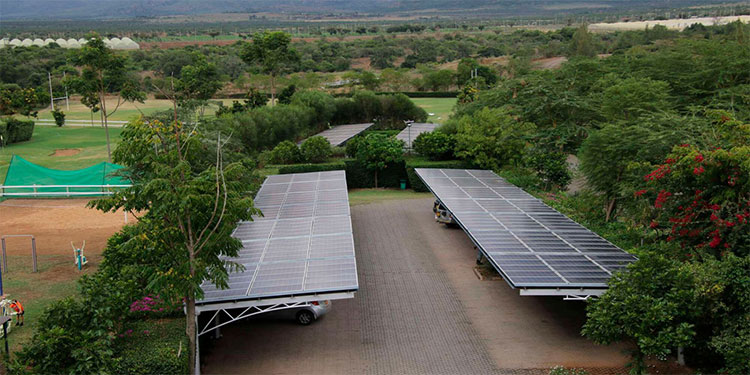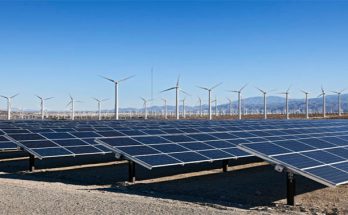
In an attempt to help educational institutions nationwide to reduce their electricity costs, KCB Bank has teamed up with Sentimental Energy, a renewable energy company, to provide solar power solutions.
The agreement states that KCB will provide qualified schools with collateral-free green loans with an annual interest rate of 9.75% for a maximum of seven years. While private institutions can borrow up to Sh10 million, public schools would have access to up to Sh20 million in financing. The payback plan is made to take advantage of the financial savings from less dependency on the national grid.
The deal aims to assist schools in implementing clean, dependable, and affordable energy sources, specifically in lighting, electric cooking, and water heating, stated Eric Naivasha, KCB Head of Sustainable Finance.
“The partnership between Sentimental Energy and us is rooted on the urgent need to decarbonize educational institutions. Our full financing of solar systems enables schools to transition to sustainable energy without incurring upfront capital expenses,” he added.
Moreover he said that, nine schools have already profited from the project’s pilot phase, and preparations are in place to expand it in the upcoming year. Sentimental Energy will be in charge of the project’s technical execution, which will include site inspections, financial proposal creation, and the design, provision, installation, and upkeep of the solar power systems.
“The education sector relies heavily on consistent electricity, making solar energy a strategic option. It is common for schools with unreliable power to experience disruptions in digital learning, poor boarding conditions, and increased costs related to operations. Using solar energy, institutions can meet up to 75 percent of their energy requirements and reduce their dependency on the national grid,” commented Paul Simiyu, Managing Director at Sentimental Energy.
The project is being undertaken at a time when Kenya is seeing an increase in the use of captive power, or electricity produced for on-site use. Frequent outages and rising energy costs have contributed to this.
The Energy and Petroleum Regulatory Authority reports that, with installed capacities of 229.2 megawatts (MW) and 161.8 MW, respectively, solar photovoltaic and biofuels dominate the captive power mix. Geothermal (3.7MW), hydro (33MW), thermal (21.3MW), and waste heat recovery (83.5MW) are other sources.
According to a 2024 report by the International Energy Agency, solar energy will surpass wind, which has dominated the rise of renewable energy during the previous six years, with an annual growth rate of 28% between 2025 and 2027.



